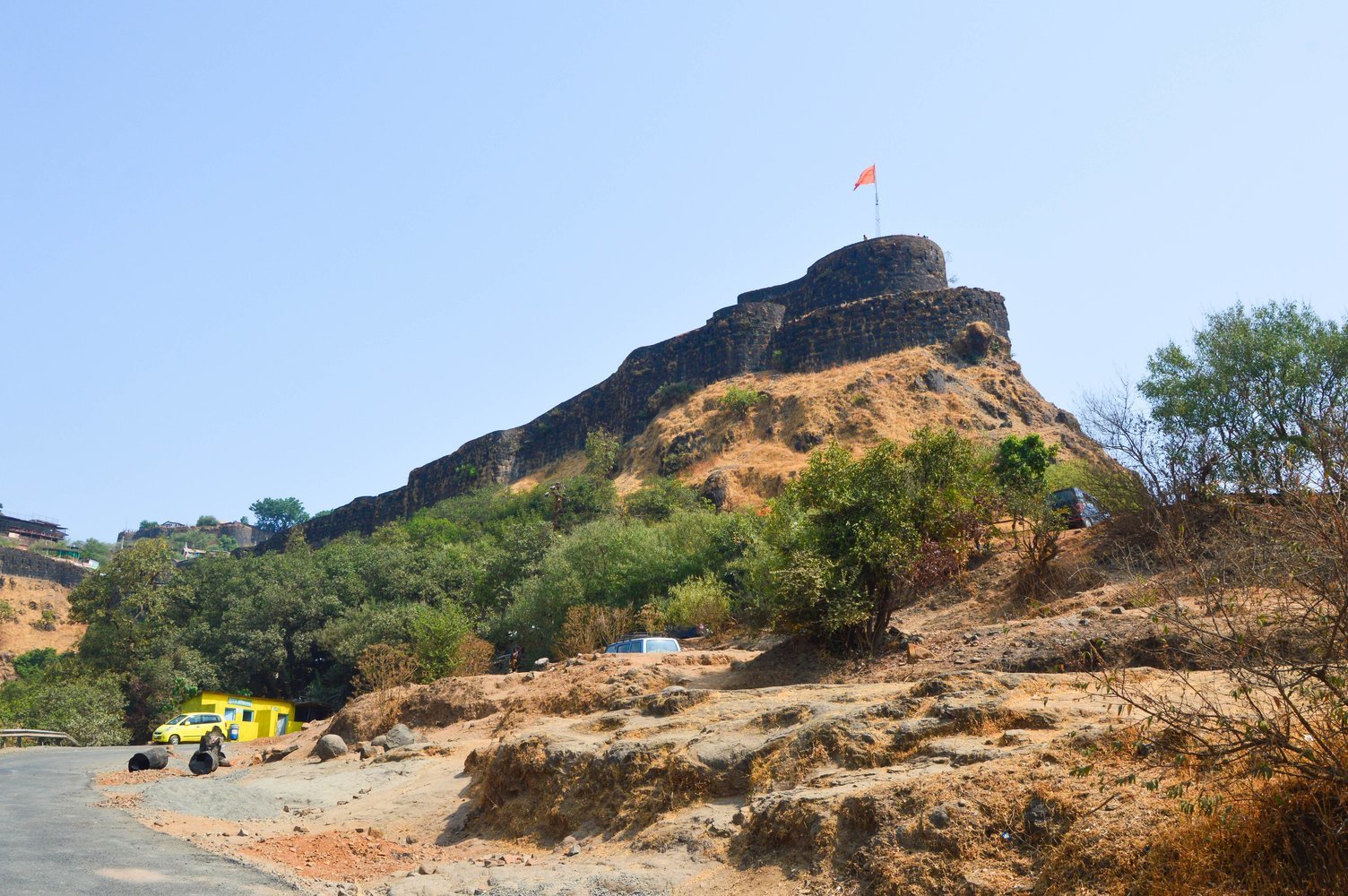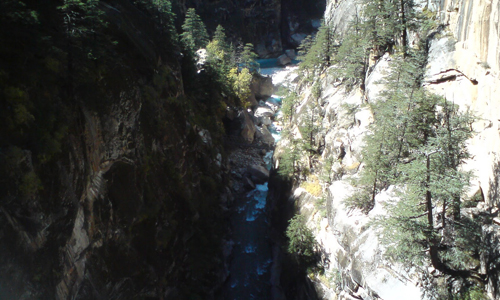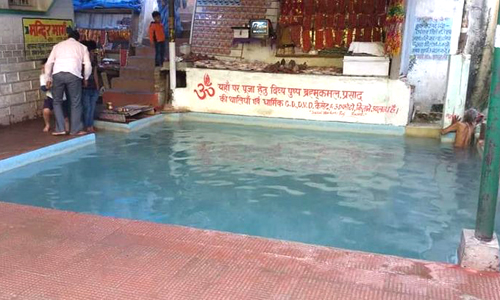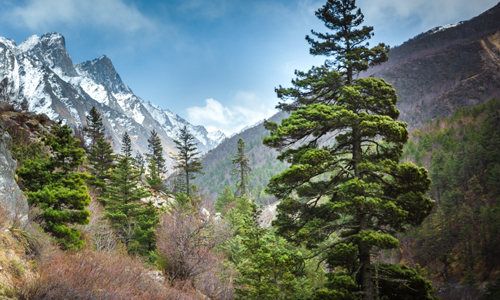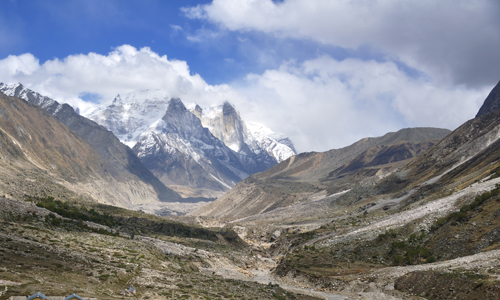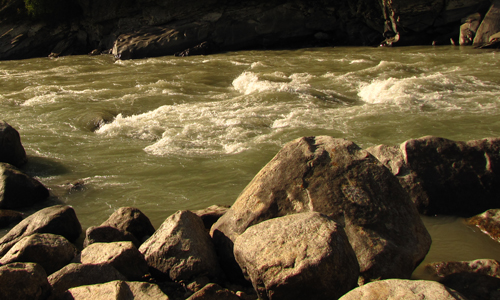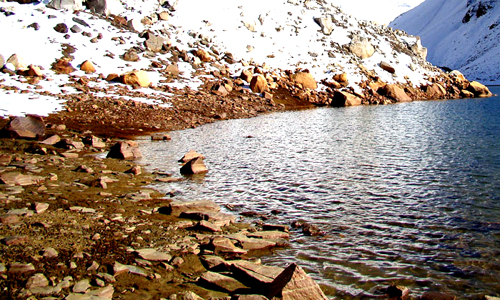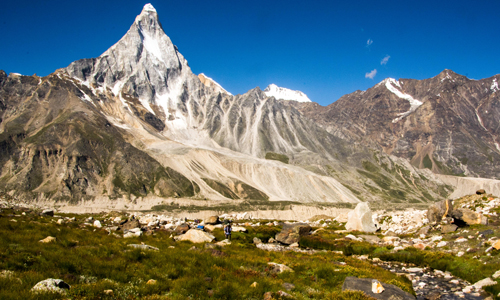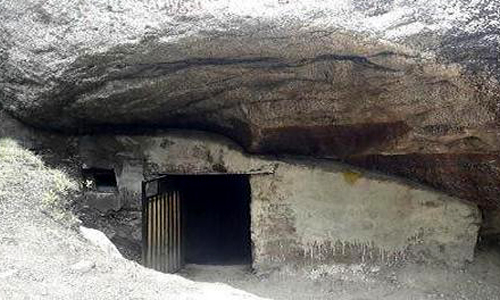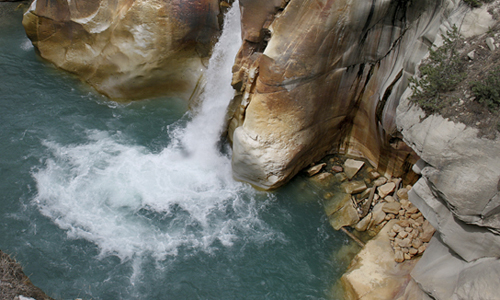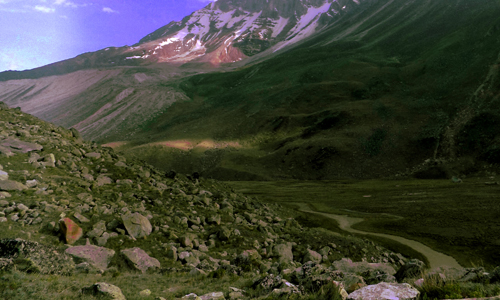The much-talked-about Nelong Valley eventually opened to tourists in 2015, and it has since become a popular destination for adventure seekers. It is strikingly similar to Ladakh, with high peaks and a climate and terrain similar to Lahaul, Spiti Valley, and Ladakh.
Regarding geography, the chilly, uninhabited alpine area of Nelong Valley resembles Tibet. Visitors cannot stay overnight within a 25-kilometer radius of Bhairav Ghati and Nelong since this Valley is part of the Gangotri National Park. The Nelong Valley is a must-see among the places to visit in Gangotri.
History of Valley
After the 1962 Sino-Indian conflict, the difficult Valley along the India-China border remains closed to civilians. It was, however, opened to citizens in 2015. This path was previously part of the old Indo-Tibetan commerce. Following the 1962 war, the residents of the Valley, famous as Rongpas or 'Bhotiyas,'. Civilians were forced to relocate to Bagori hamlet in Uttarkashi district of Uttarakhand.
When the residents left, the Indo-Tibetan Border Police set up village checkpoints. The ancient trade route's relics, especially the important thin wooden bridge built along the gorge, can still be seen.
What is Nelong Valley famous for?
At 11,400 feet, the Valley is a stony desert in Gangotri National Park. The Valley was an important trade route between Tibet and India long before China occupied Tibet. Experts suggest that individuals who saw Tibet will be surprised by how similar Valley terrain is to Valley Tibet.
Can we go to Nelong Valley?
It would help if you had authorization to travel into the Valley. Because Valley is part of Gangotri National Park, the forest department is very strict about granting permits. Only registered tour operators have permission to carry guests into the Valley and onValleyto Nelong. Beyond that, you cannot go. However, it is another destination that must be in the GANGOTRI TOUR PACKAGE.
The best time to visit
The Nelong Valley is open from May to November, so plan your visit appropriately. The weather is at its best in September and October when the monsoons withdraw from Northern India. It is the safest time to visit the region after the tough and infamous Uttarakhand monsoon periods. To guarantee optimal safety, avoid traveling after the monsoon season.


